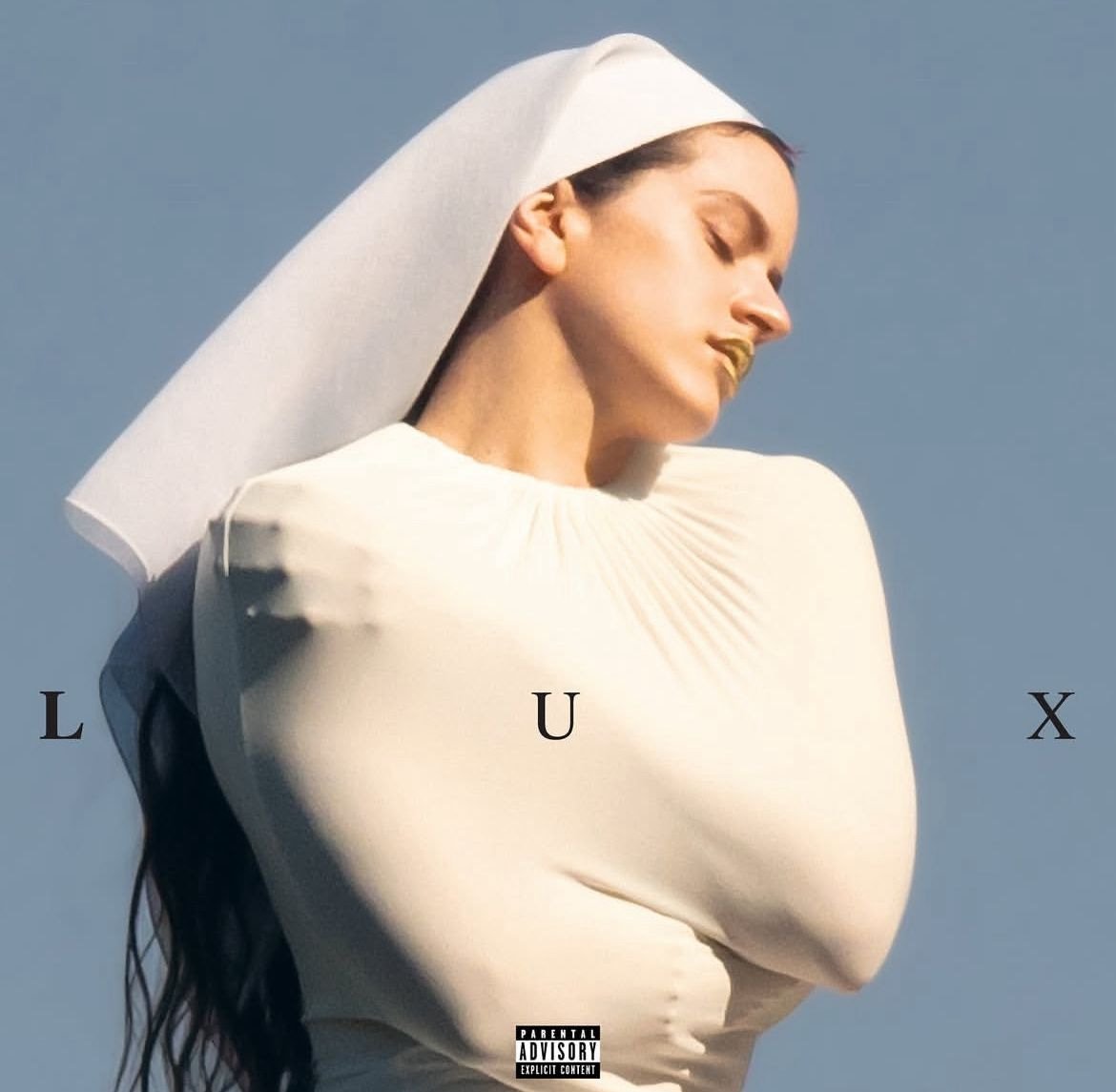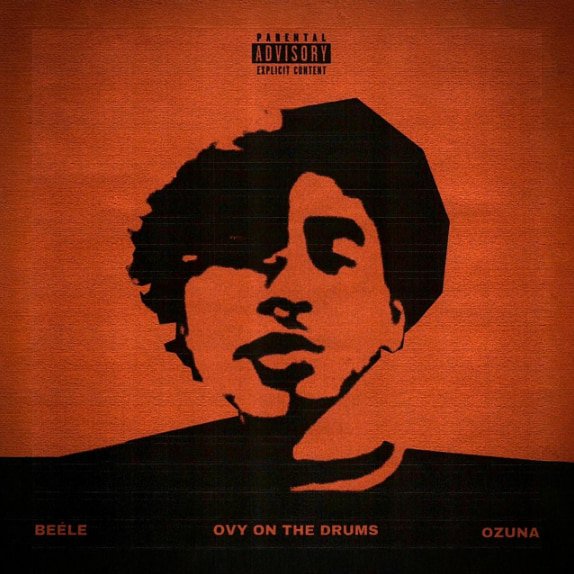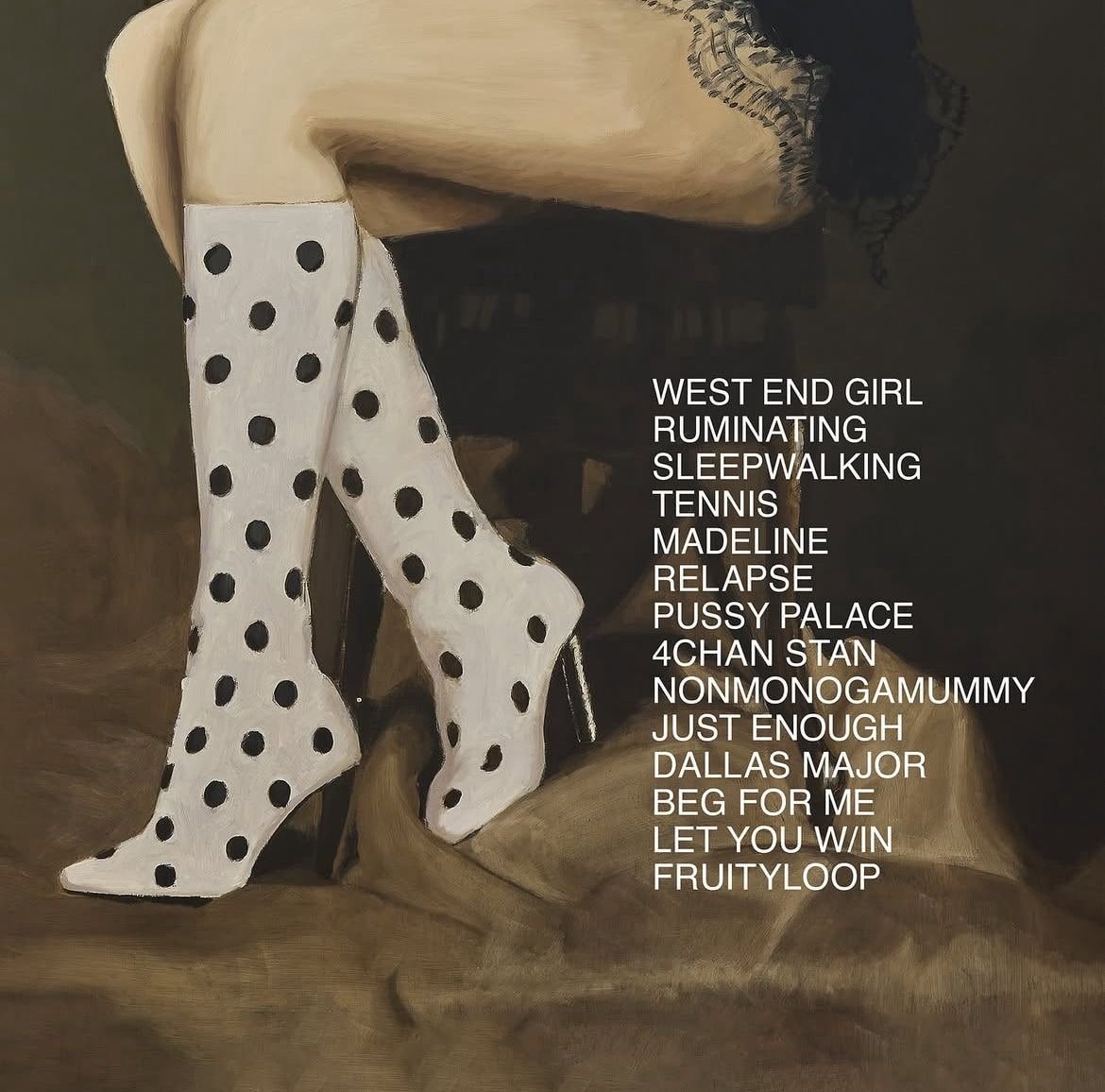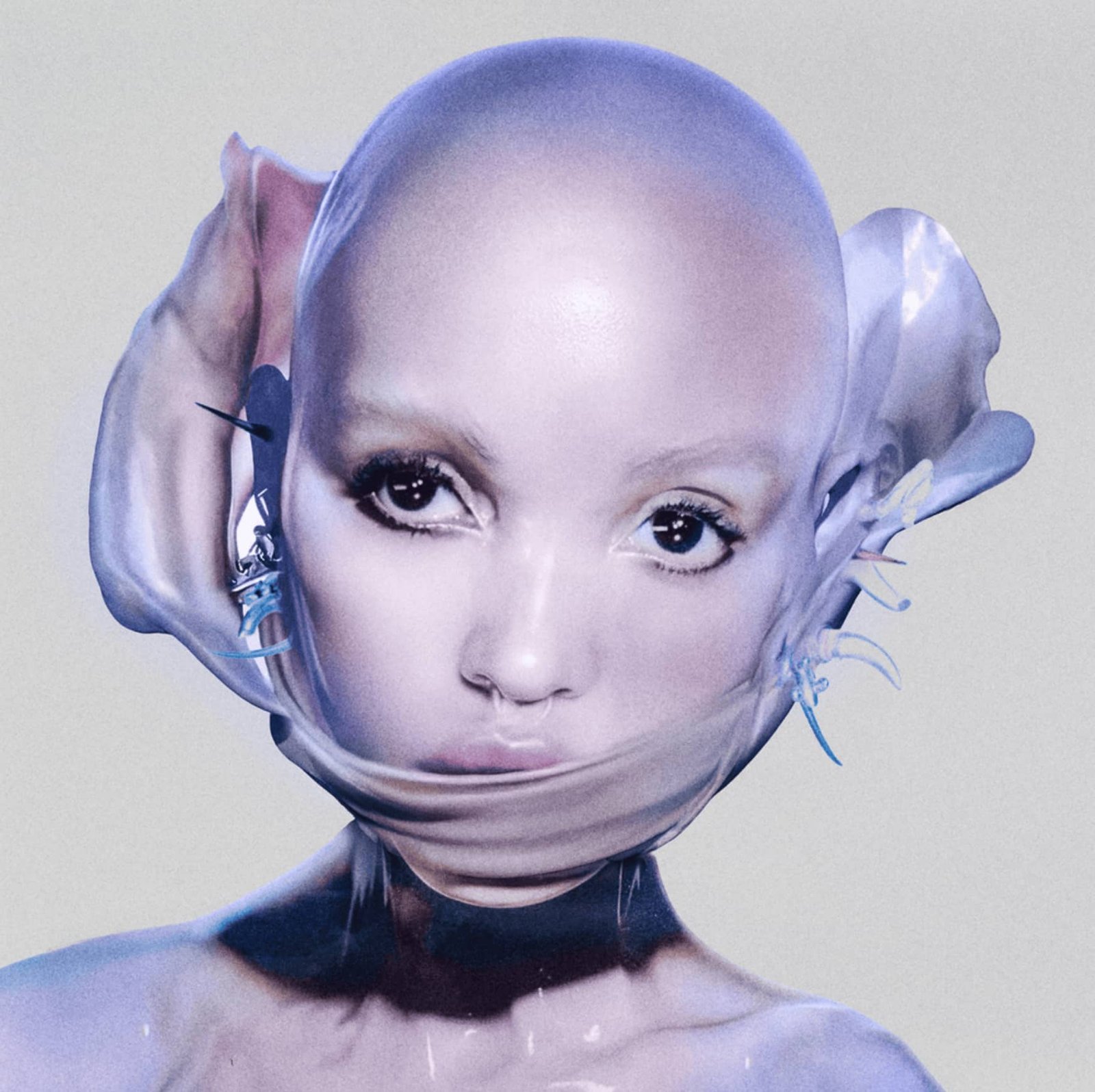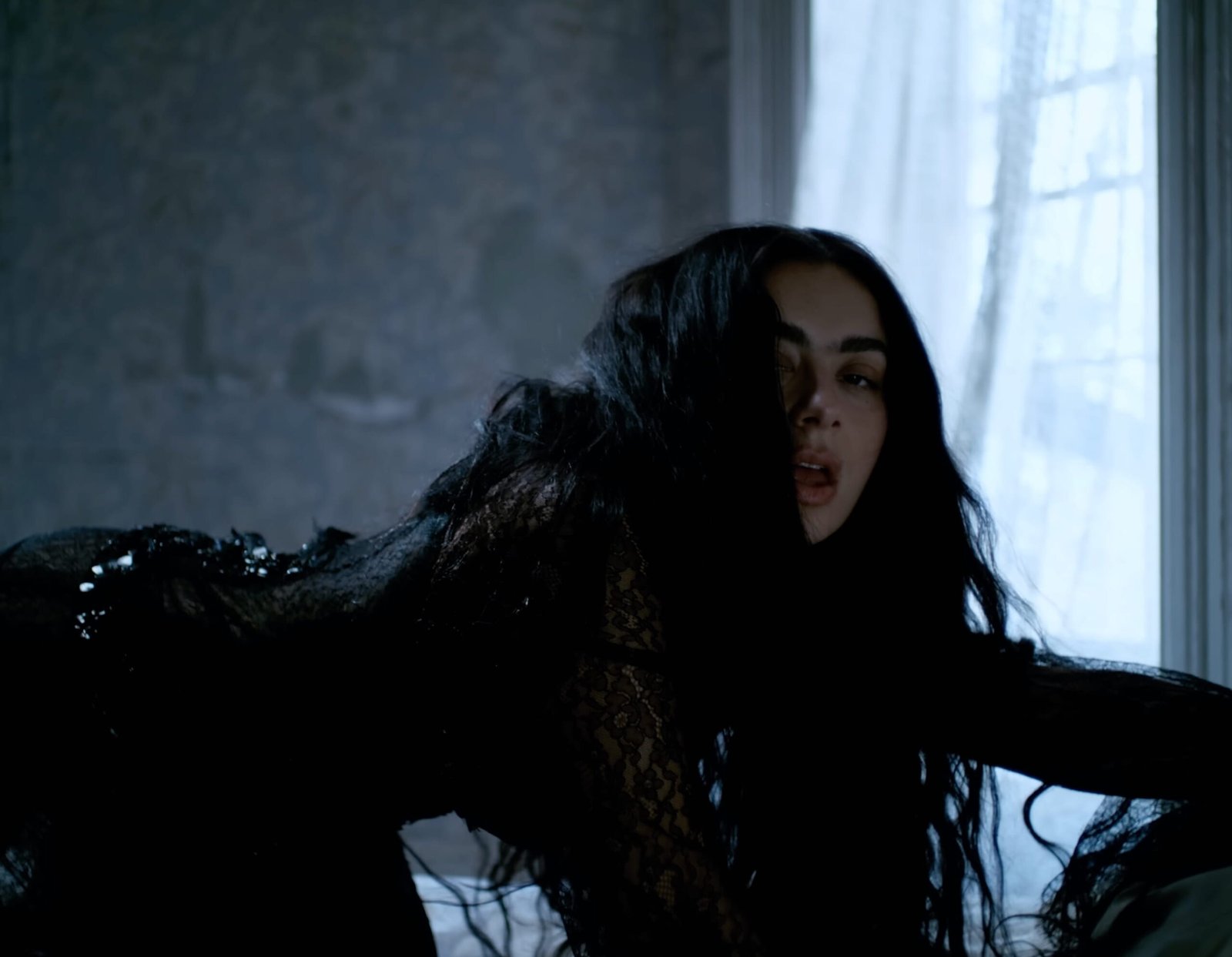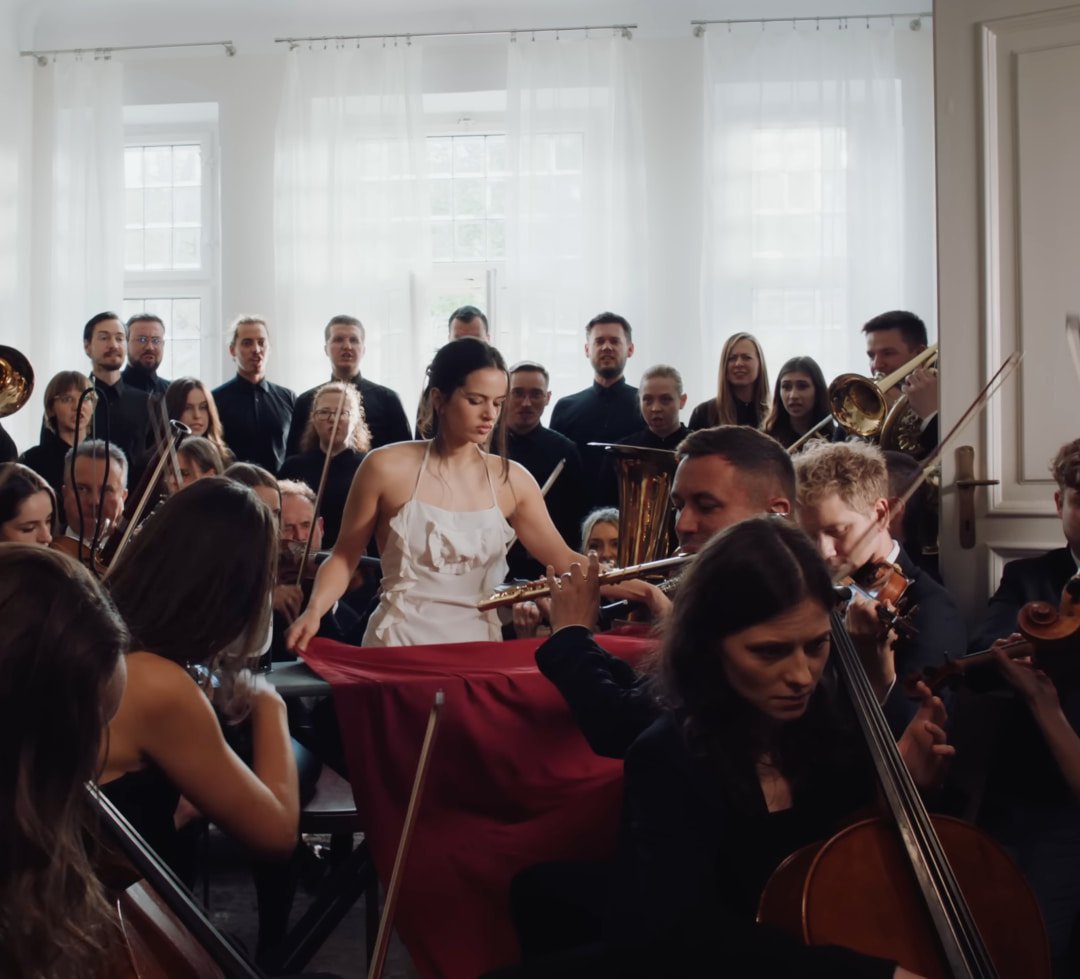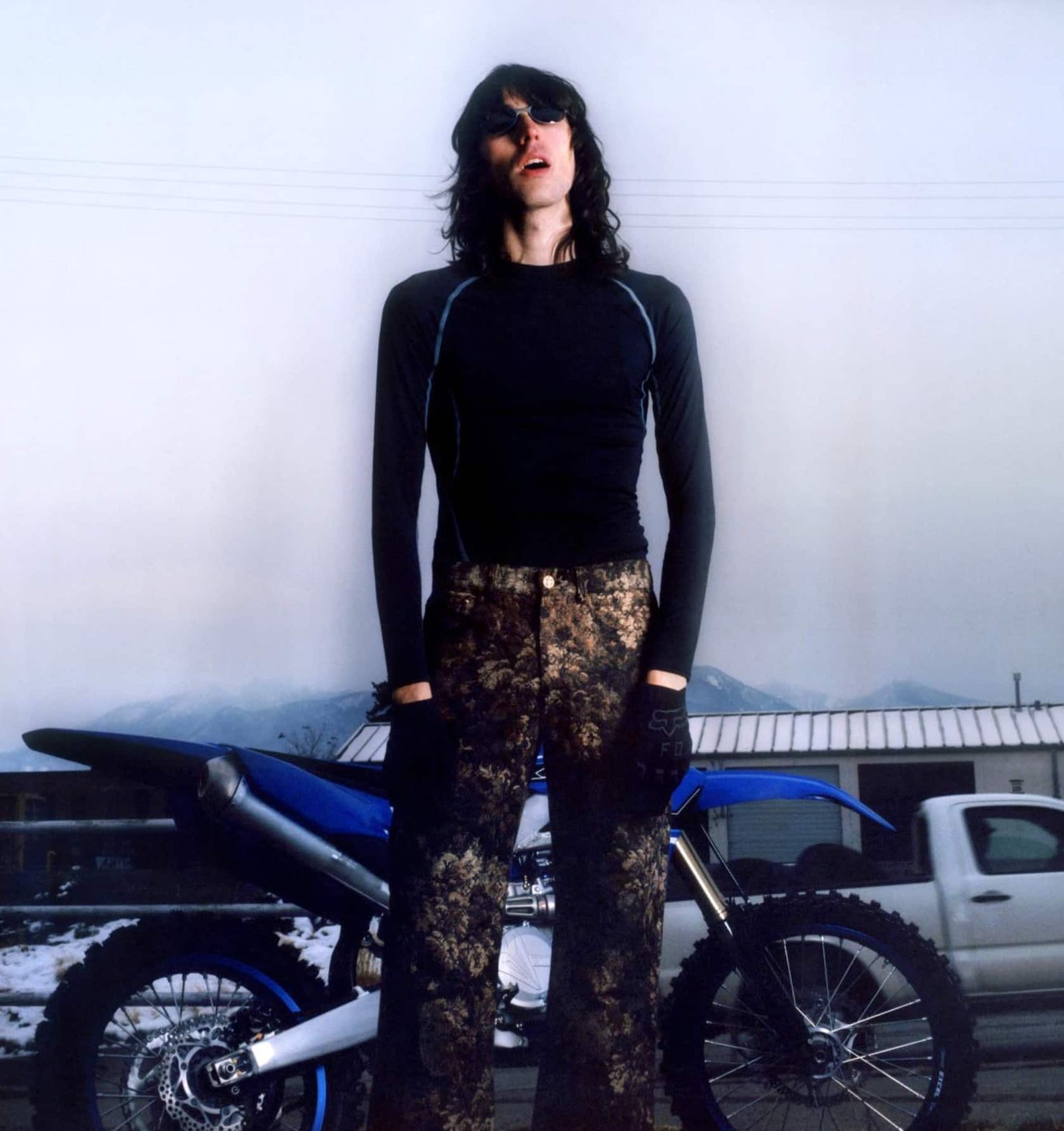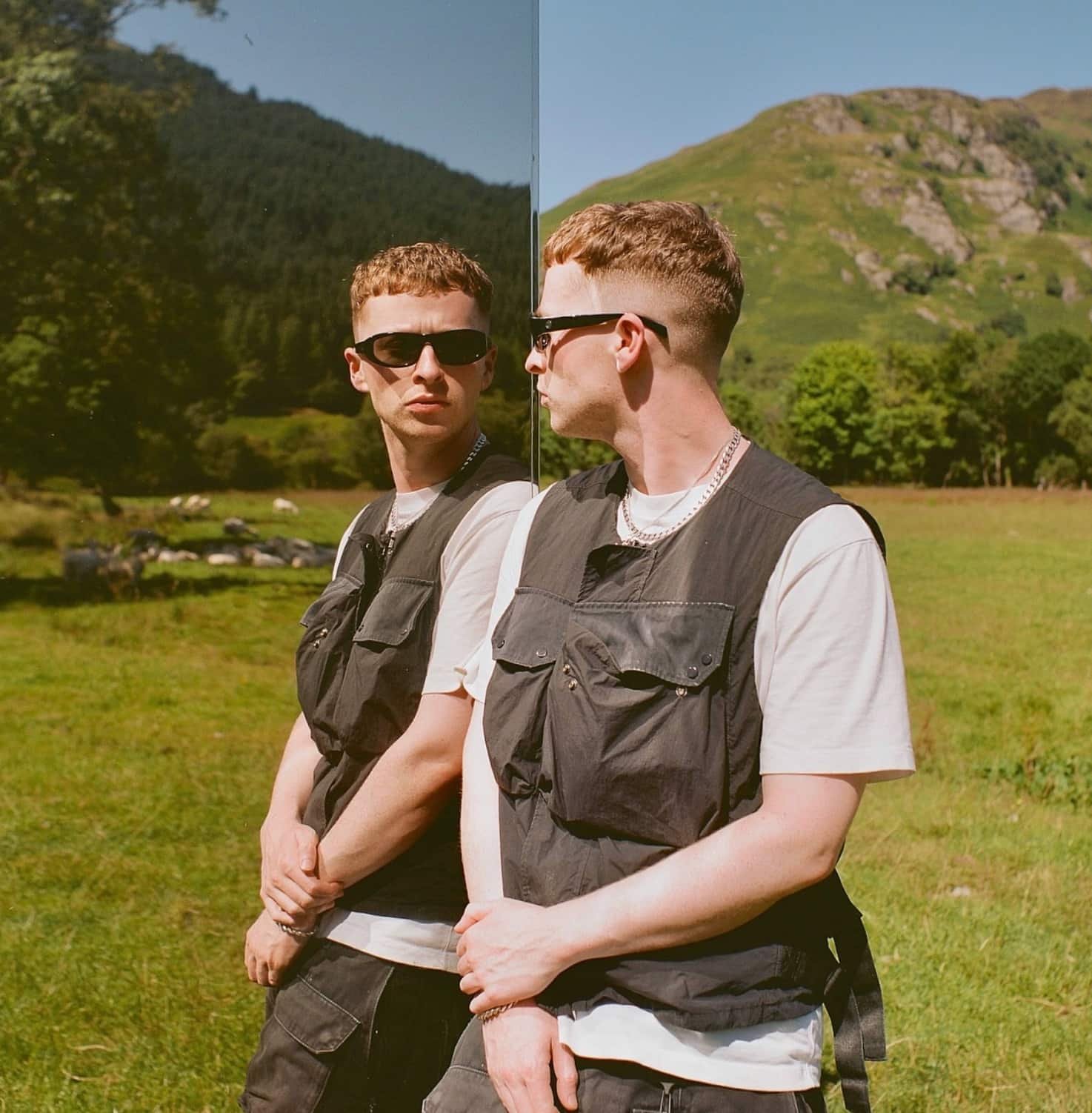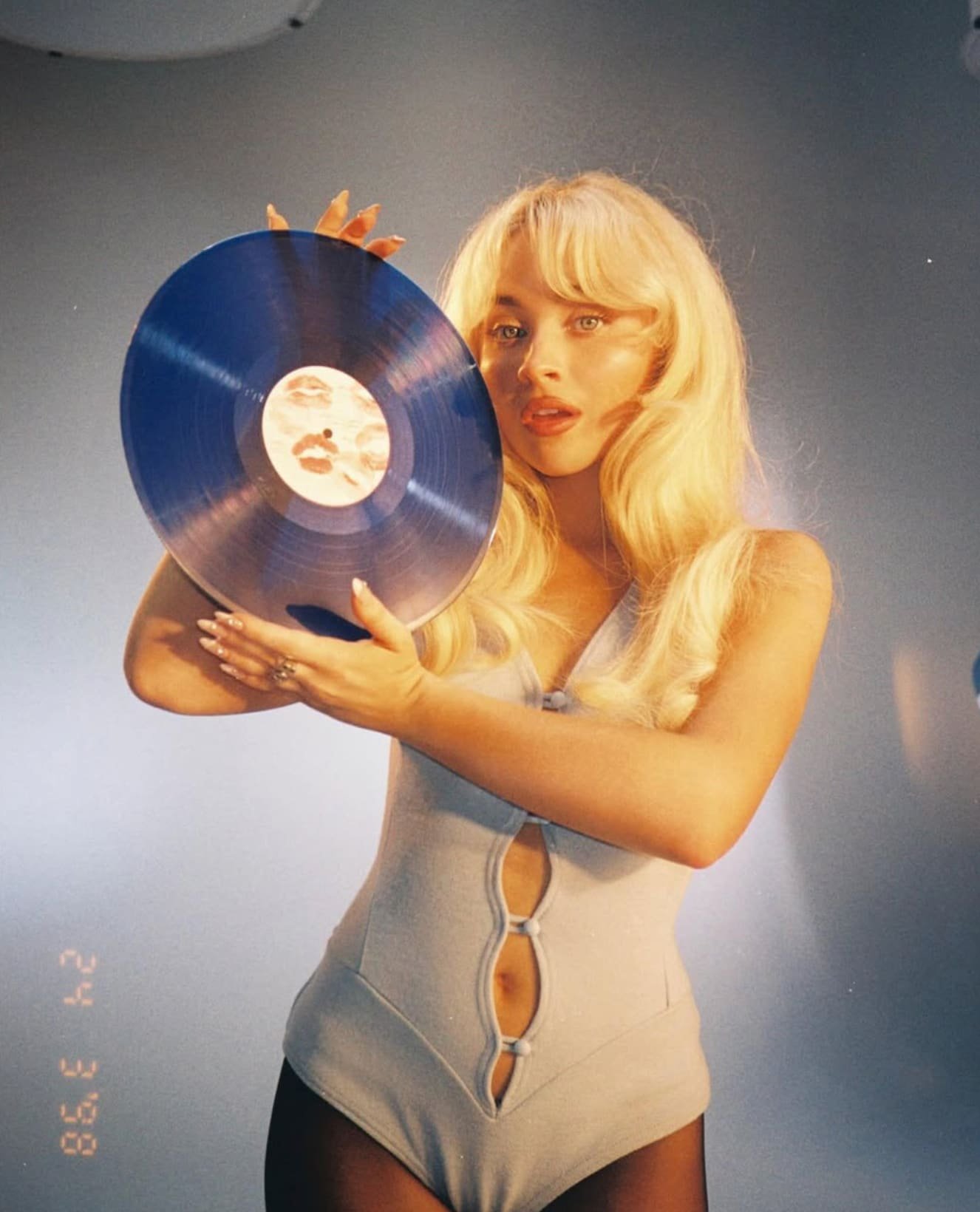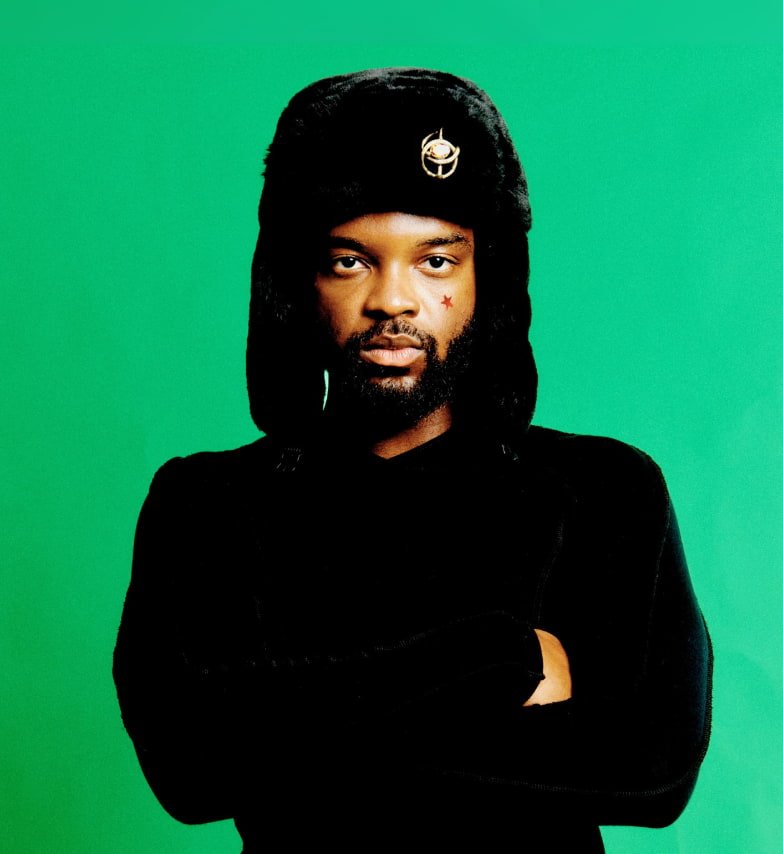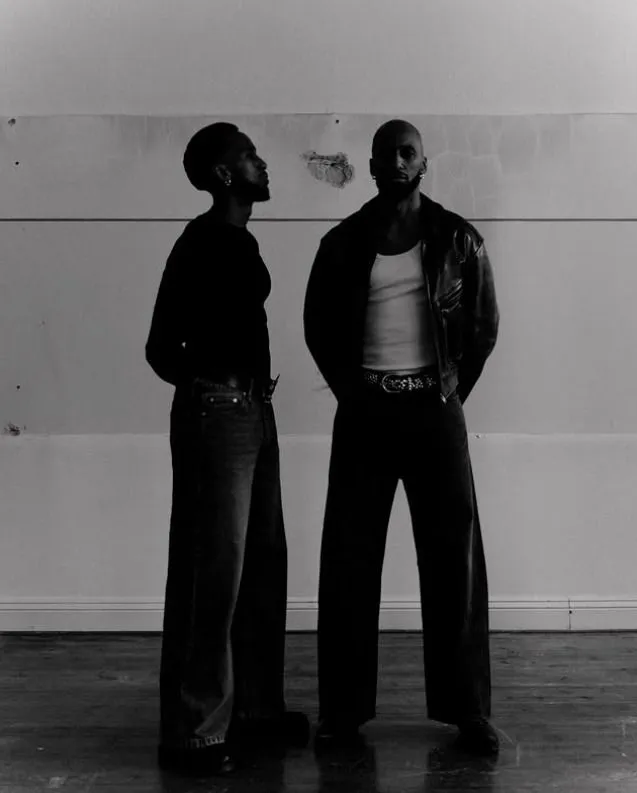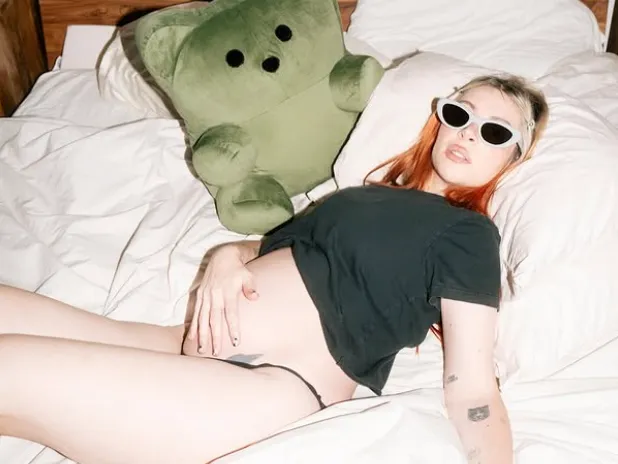The dance floor is empty, the lights have softened, and someone turns the volume down just enough for the city to start breathing again. That’s where it happens — in the afterglow, in the hum between movement and memory. The space where rhythm becomes air and sound becomes emotion. Trip-hop lives there. And in 2025, it’s not returning — it’s awakening.
This isn’t a revival. It’s reincarnation.
Trip-hop never really died; it just stepped outside the spotlight, smoked a cigarette under the rain, and waited for the world to grow quiet enough to listen again.
Now, in an era overdosed on BPM and dopamine, its slow, hypnotic pulse feels revolutionary.
Because stillness — that heavy, sensual, cinematic stillness — feels radical again.
The original architects — Massive Attack, Portishead, Tricky — wrote music like mood boards: fractured beats, velvet bass, vocals that barely whispered but somehow cut through. They built atmospheres you didn’t just hear — you entered. And that architecture has survived, mutating through generations who never danced in Bristol but understand the ache of its echo.
In today’s scene, the trip-hop frequency runs through artists who might not even call it that: FKA twigs bending beats into prayer, Kelela’s shadow-pop, Yves Tumor’s glitch-romantic chaos, Erika de Casier’s nostalgic gloss, even Lana’s cinematic melancholy in slow motion. The genre’s DNA is there — disassembled, disguised, but breathing.
The sound is slower now, smoother, less performative. It’s not chasing attention; it’s curating atmosphere. Each track is a film still, each bassline a bruise, each vocal an inhale. The new trip-hop doesn’t seduce — it absorbs. It’s for the post-club listener who doesn’t want to escape reality, but to romanticize it. To replay the night after it ends.
And fashion, of course, has followed suit. Designers are leaning into the trip-hop aesthetic: smoked silks, dim lights, the return of opacity. Runways play with noir soundscapes, lace under leather, satin against steel. Trip-hop becomes a language beyond sound — it’s scent, it’s texture, it’s temperature.
It’s the music of people who feel too much but refuse to turn it off.
We’re living in what could be called the Post-Club Renaissance. The new generation of night-owls doesn’t want chaos — they want clarity. Not volume — vibration. They crave something that lingers. In the playlist of their emotional landscape, trip-hop fits like perfume on pulse points. It’s the sound of being almost alone, but not quite.
There’s something romantic in how it refuses to rush. It doesn’t shout to be heard. It sits in the corner, smirking, knowing it doesn’t need to prove itself. Its rebellion is restraint. Its style is stillness. Its glamour is grief turned into groove.
Maybe that’s why it resonates again. Because after years of sensory overload, of constant performance and algorithmic rhythm, we’re remembering how beautiful a pause can sound.
Trip-hop reminds us that melancholy is not weakness — it’s luxury.
That sadness, when sculpted properly, becomes cinematic.
That music doesn’t always have to rise — sometimes it just lingers.
So the next time the club lights dim, and someone plays a beat that feels like velvet dissolving — stay. Don’t rush to the next drop. Let it breathe. Let it burn. Let it move like memory.
After – Deep Diving
Erika de Casier – Miss
Chanel Beads – Embarrassed Dog
trickpony – Pillow Talk
16 Underground – Can You Hear Me?
FKA twigs – Girl Feels Good
Kelela – Contact
Vegyn – Last Night I Dreamt I Was Alone, Wholesale Anthem (con Headache)
a.s.o. & Alias Error – Falling Under
Babymorocco – i wish you would make it easy
Acopia – Real Life
Now Always Fades – Mindflower
RIP Swirl & Ydegirl – Spirals On My Tongue
yeule – Tequila Coma
Purient – WBWU
Hysterical Love Project – Boyracer
Night Tapes – babygirl (like n01 else)
Teather – With You
james K – Hypersoft Lovejinx Junkdream




